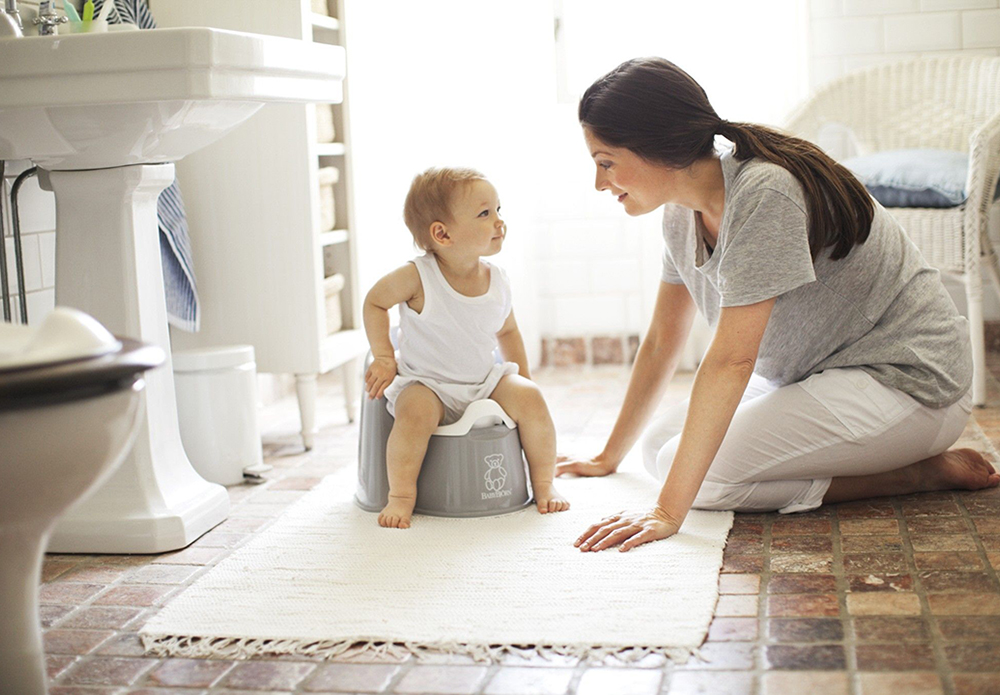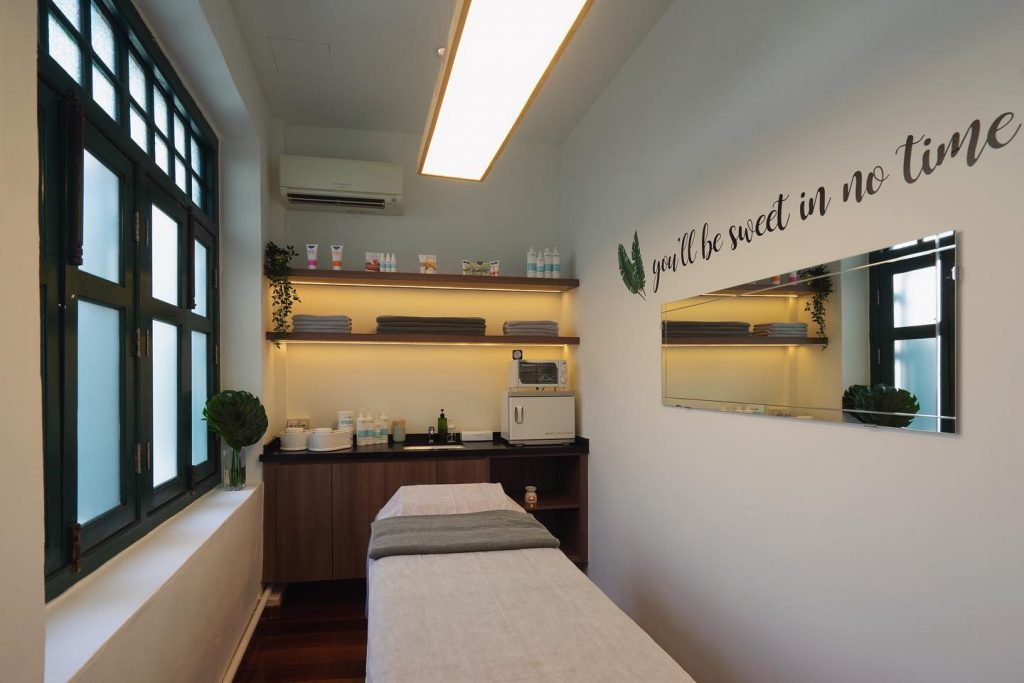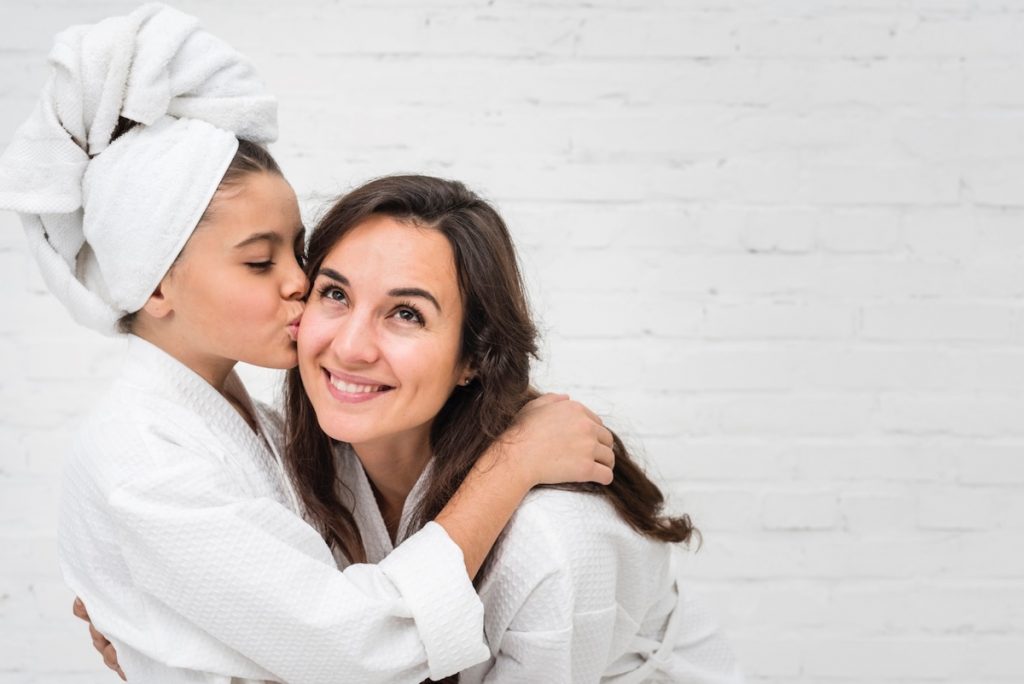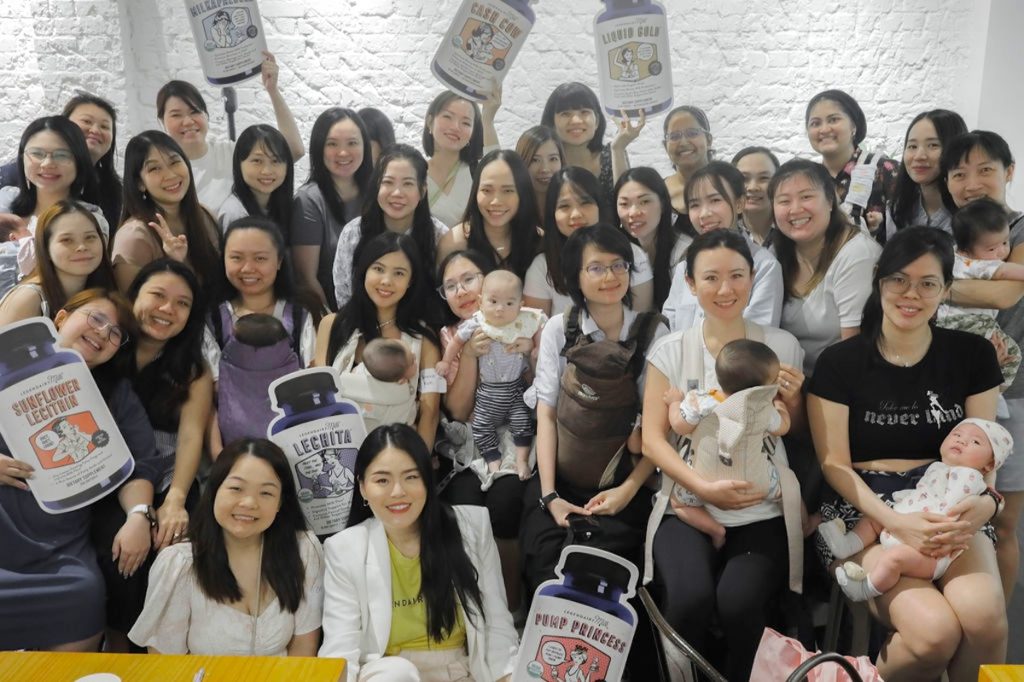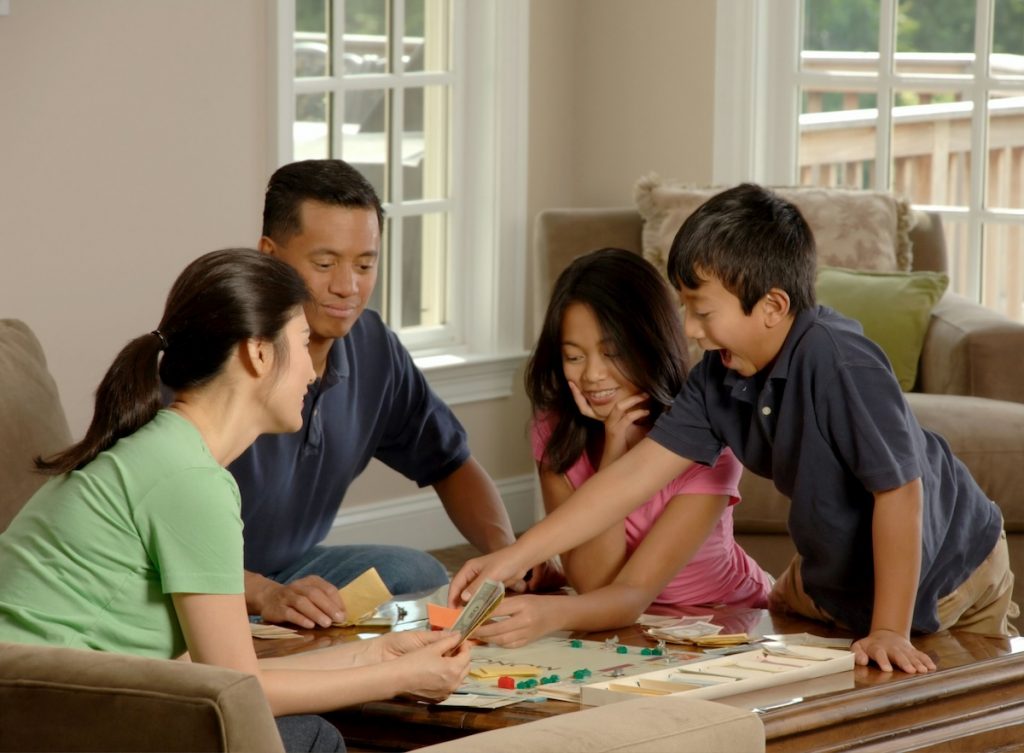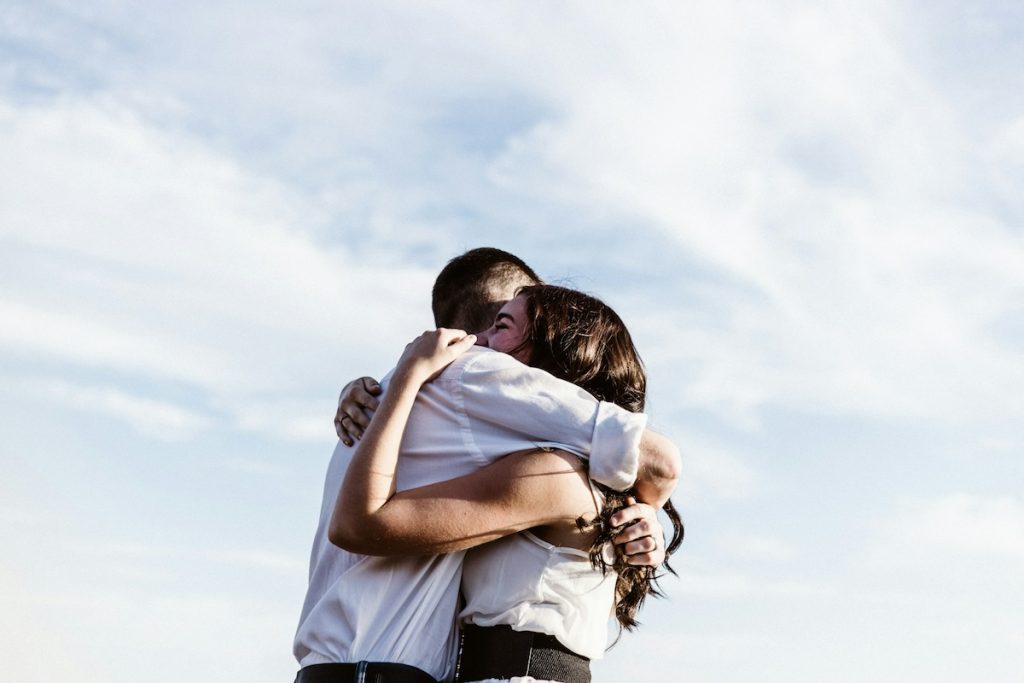As with all things in parenting, the key is to be patient with your little one, have realistic expectations and take the necessary precautions. Also, each child develops at his/her own pace – try not to compare with his/her siblings or peers.
Night-Time Toilet Training – What to Expect
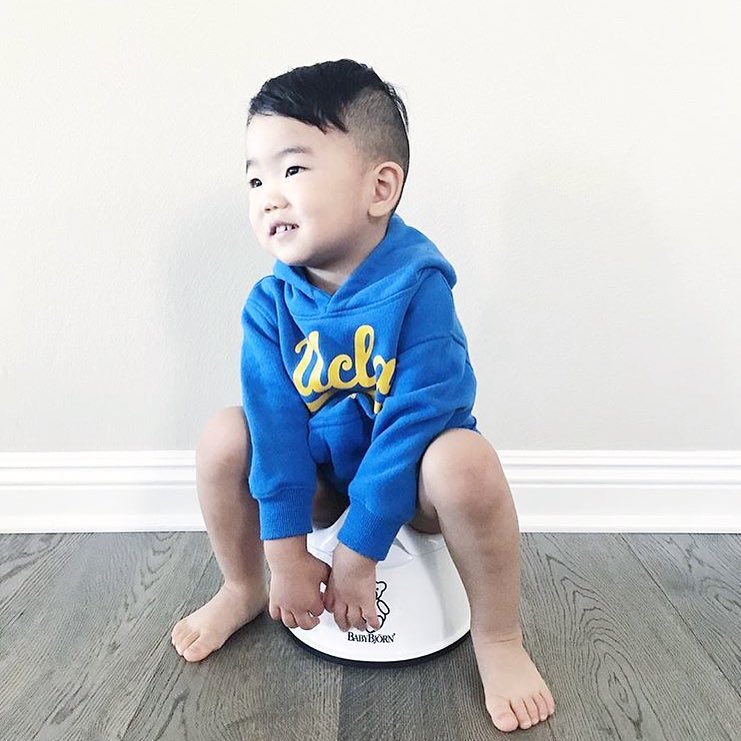
As a general guide, children around three and a half to four years will consistently have dry nights. A good indication that they are developmentally ready to try night-time toilet training is if they already wake up dry in the morning for several weeks. Other indications include asking to go to the toilet or going to the bathroom at night or refusing to wear pull-ups at night.
Do know that your child may continue to wet the bed, hopefully sporadically rather than nightly, until he/she’s about five or so. According to the American Academy of Pediatrics, 10 to 15 per cent of 7-year-olds struggle with bedwetting. Hence, accidents will probably happen before your child’s body is developmentally ready. Refrain from scolding or punishing your child if he/she has an accident – instead, reward his/her successes.
Night-Time Toilet Training
Toilet Trips
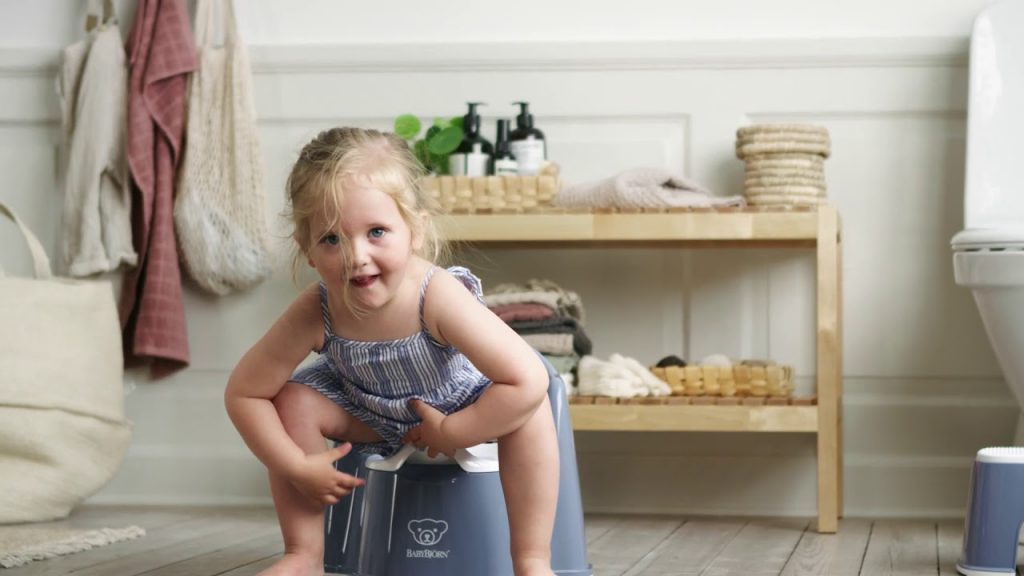
To do this, make sure your child goes to the bathroom before sleeping, even if he/she says he/she doesn’t have to go. Try this at the start and end of your bedtime routine. Advise him/her that he/she has to follow his/her bodily cues when sleeping, get out of bed and walk over to the bathroom.
Throughout the night, assist in helping them empty their bladders. Before you sleep, wake your child and bring him/her to the toilet. Even if they’re still sleepy, they should be able to void their bladders once on the potty. Otherwise, you can also set the alarm in the middle of the night for him/her to go to the bathroom. If they wake up in the middle of the night, bring them to the toilet before heading back to bed. Once they wake up in the morning, regardless of whether they’ve wet their beds or not, make sure you – or a caregiver – bring them to the toilet.
Make Sure the Bathroom is Well Lit
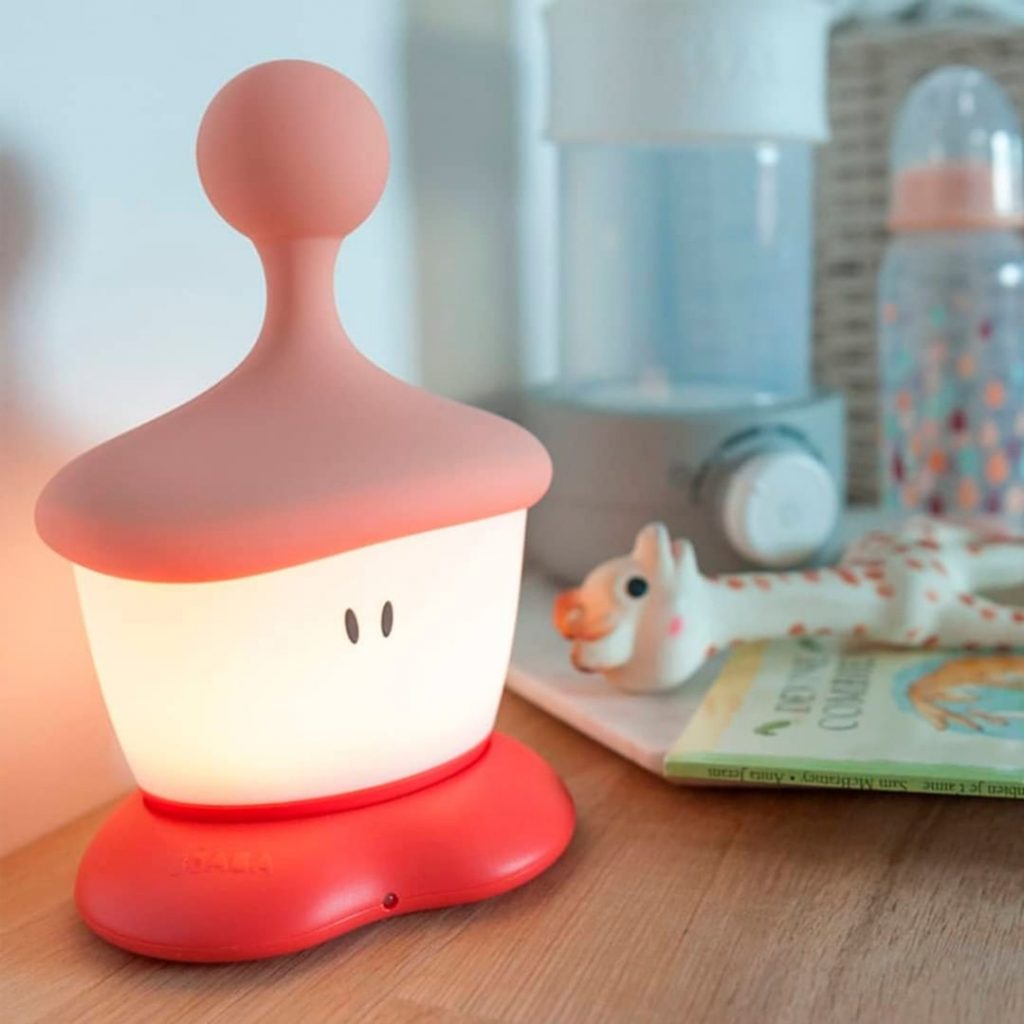
Ensure that there are lights in the hallway and the nearest bathroom, or consider installing motion-activated LED lights. Alternatively, let them carry a light into the bathroom. For example, the portable Skip Hop Zoo Take-Along Nightlight ($35.91) has an oversized on and off button and easy-grip handle. After 30 minutes, the LED light will slowly turn off on its own.
Similarly, the Beaba Pixie Night Light ($89) and Happy 2-in-1 Movable Night Light ($79) are portable night lights that can be used on its charging base, with an ergonomic handle. With two different light intensities, these can reassure a child at night or a brighter one for reading books or moving around.
Fluid Intake
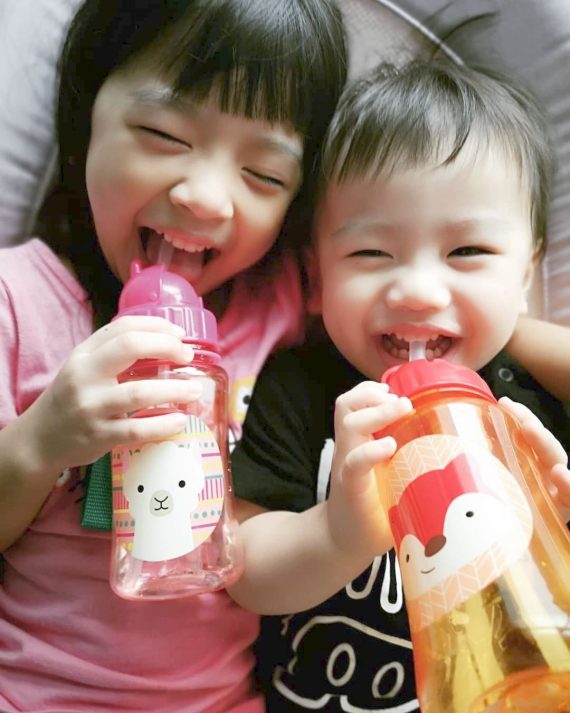
Ensure that there are lights in the hallway and the nearest bathroom, or consider installing motion-activated LED lights. Alternatively, let them carry a light into the bathroom. For example, the portable Skip Hop Zoo Take-Along Nightlight ($35.91) has an oversized on and off button and easy-grip handle. After 30 minutes, the LED light will slowly turn off on its own.
Similarly, the Béaba Pixie Night Light ($89) and Happy 2-in-1 Movable Night Light ($79) are portable night lights used on its charging base, with an ergonomic handle. Your child can switch between two different light intensities for reading or moving around, or just to have some reassurance at night.
Motherswork Recommends: Drinks, and Straw Water Bottles
Follow Their Cues
It may be better to follow your little ones’ lead rather than stressing about the bedwetting. Some children may let you know exactly when they’re ready, so follow their lead and see what happens. When they do stay dry, lay on the positive reinforcement and reward them with something like special underwear with their favourite characters. A reward chart indicating the number of nights they’ve stayed dry – and a reward for achieving this – may be helpful too.
Preparing for Night-Time Toilet Training
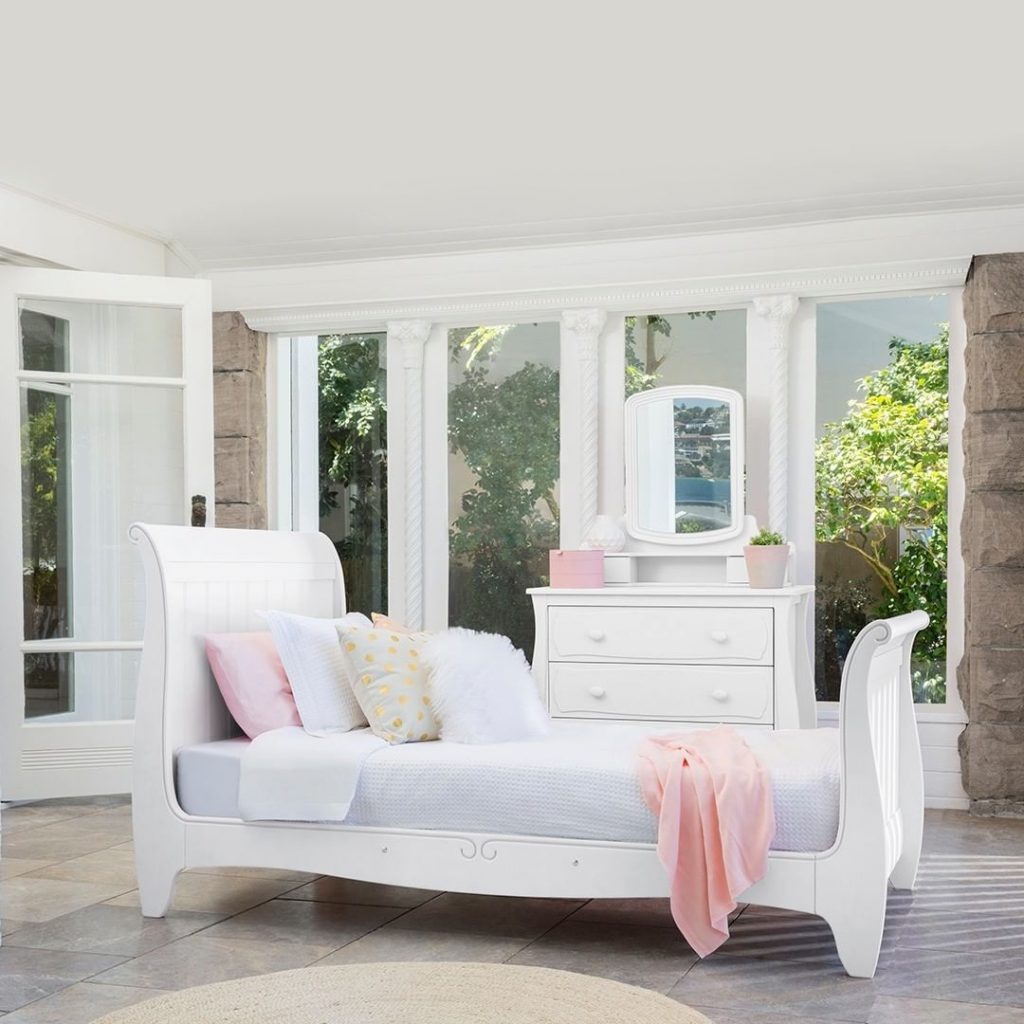
Before embarking on night-time toilet training, your child will have to unlock another milestone. Your little one will have to sleep in a toddler bed to get in and out independently. If this makes you feel like your baby is growing up way too fast, you may want to delay nighttime training until you’re ready. Alternatively, you could carry them from their cot to the toilet at night.
Convert cots like the Bonbijou Atlas 5-in-1 Baby Cot ($399) into a toddler-ready bed, so your child can easily clamber in and out of bed when he/she has to use the toilet at night. This cot can grow with your little one right up till he/she weighs 60kg. Moreover, it also transforms into a playpen, children’s desk and sofa bed. Consider the Boori Trinity Single Bed ($2,198) for children three and up – durable enough to last your child well into the teenage years, provided they don’t request a change.
Dress for Success
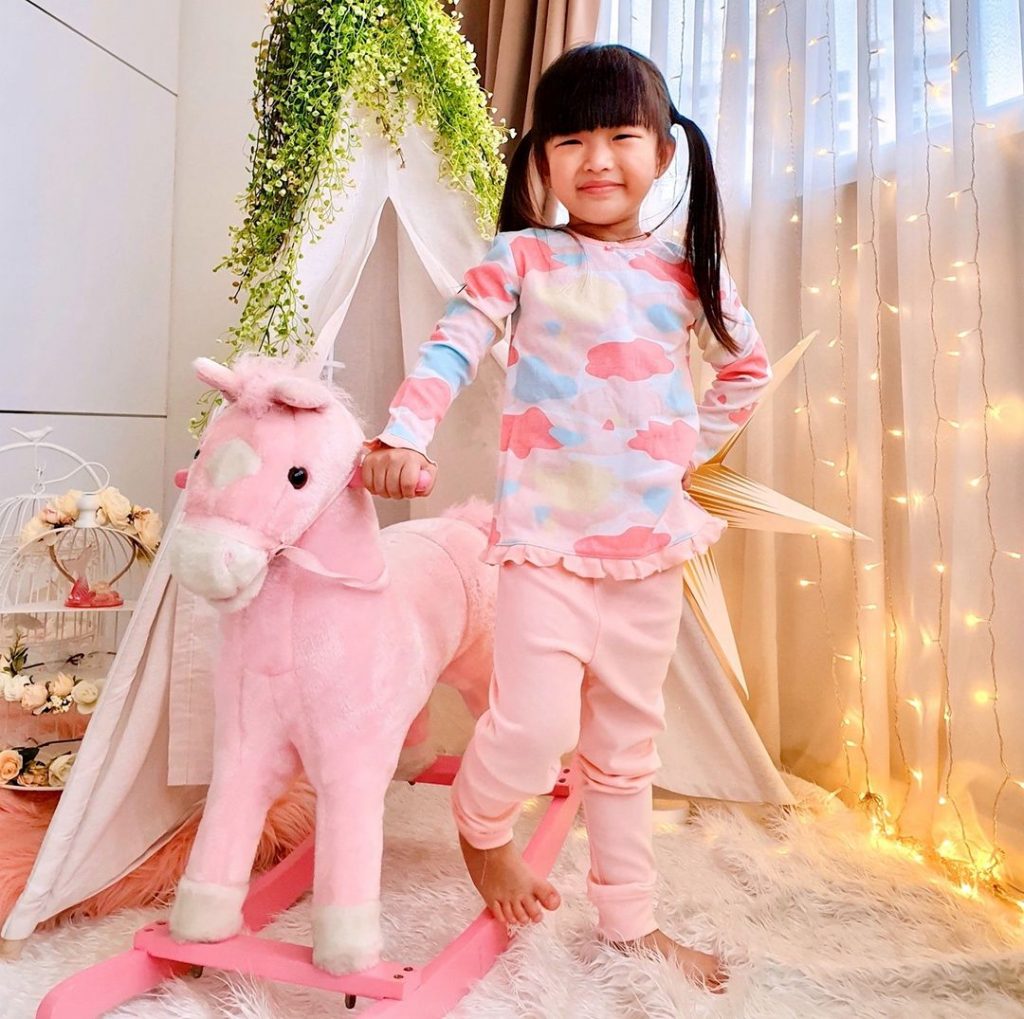
Additionally, dress your child appropriately in easy-to-wear pyjamas such as the Baa Baa Sheepz Pyjamas Set ($33). Made from 95 per cent bamboo and 5 per cent spandex, the pyjamas are kind to the environment and your child’s skin, without pesticides or chemicals and hypoallergenic. This stays two to three degrees colder in hot weather and warmer in cold weather. While durable, it’s also completely biodegradable, and its natural bactericide action wards bad smells away.
Another option is the Oeteo Camo Flash Jammies ($48.90), with two sets for children to mix and match between the tops and bottoms. Made of 100 per cent fine cotton, these are suitable for children 1 – 5 years old. Finally, dress your little ones in underwear. While pull-ups ensure your child keeps the sheets and his/her clothes dry, your child may not feel the wetness and want to go to the toilet.
Toilet Training Essentials
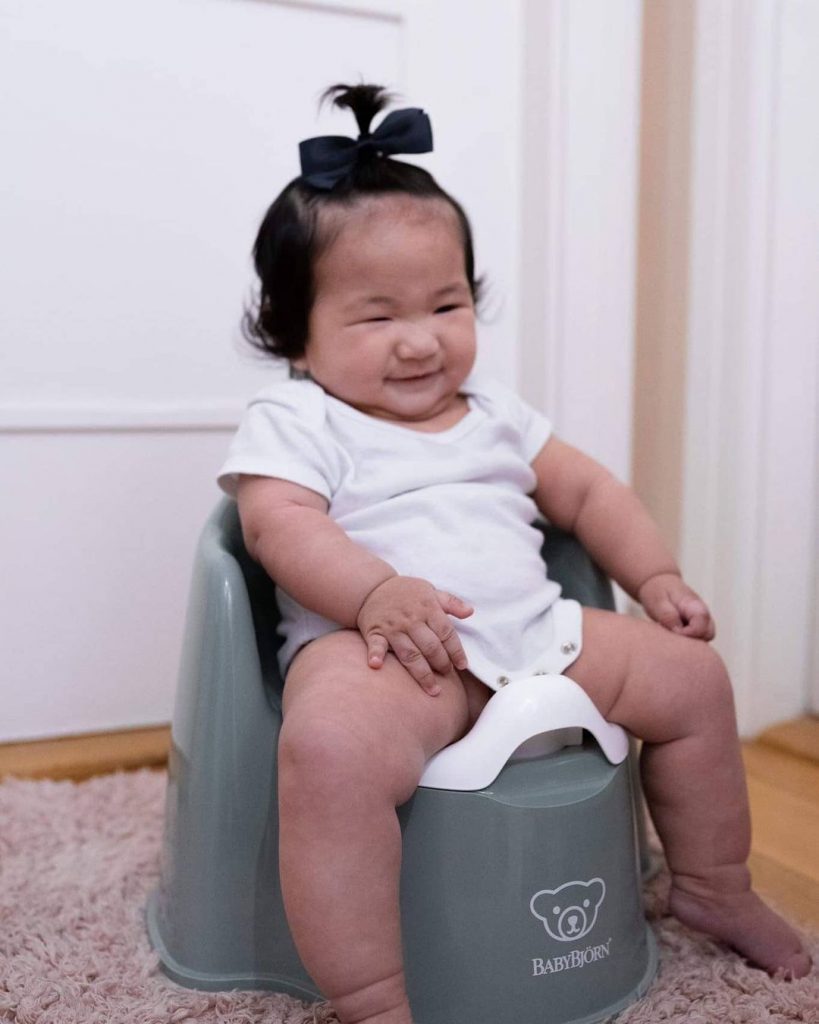
You’ll also want to have a potty nearby, such as the BabyBjörn Potty Chair ($49.90) with soft contours, comfortable armrests and a high backrest. Made of BPA-free plastic, you can easily lift out the inner potty to remove, empty and clean. With the rubber edging on the base, the potty chair will sturdily rest on the floor. The BabyBjörn Smart Potty ($39.90) is similarly easy to clean and compact enough to bring anywhere, at home and when visiting the grandparents. Designed from child-friendly materials such as PVC and BPA-free plastic, it’s durable so that you can use it for multiple children.
Another option is the BabyBjörn Toilet Training Seat ($49.90), with a rubber edging and adjustable dial to hold it firmly in place over the regular toilet seat. Best for children from two years and up, the seat also comes with an easy-to-clean splashguard, preventing accidents and spills. Boys, in particular, can train their aim with the Wee Target Toilet Training ($9.90), focusing on the black spot. Once they hit their target, a fun image will disappear after they flush the toilet.
Accidents Will Happen
If your child has an accident, be patient with him/her and change the sheets. Layer the sheets with alternating layers of waterproof protectors and sheets, and keep spare blankets around. When an accident occurs, take off the top two layers and then grab the blanket. Another option is to put pee pads above the mattress to protect it. Keep these waterproof protectors there for at least a year before removing them.
Mattress Protectors
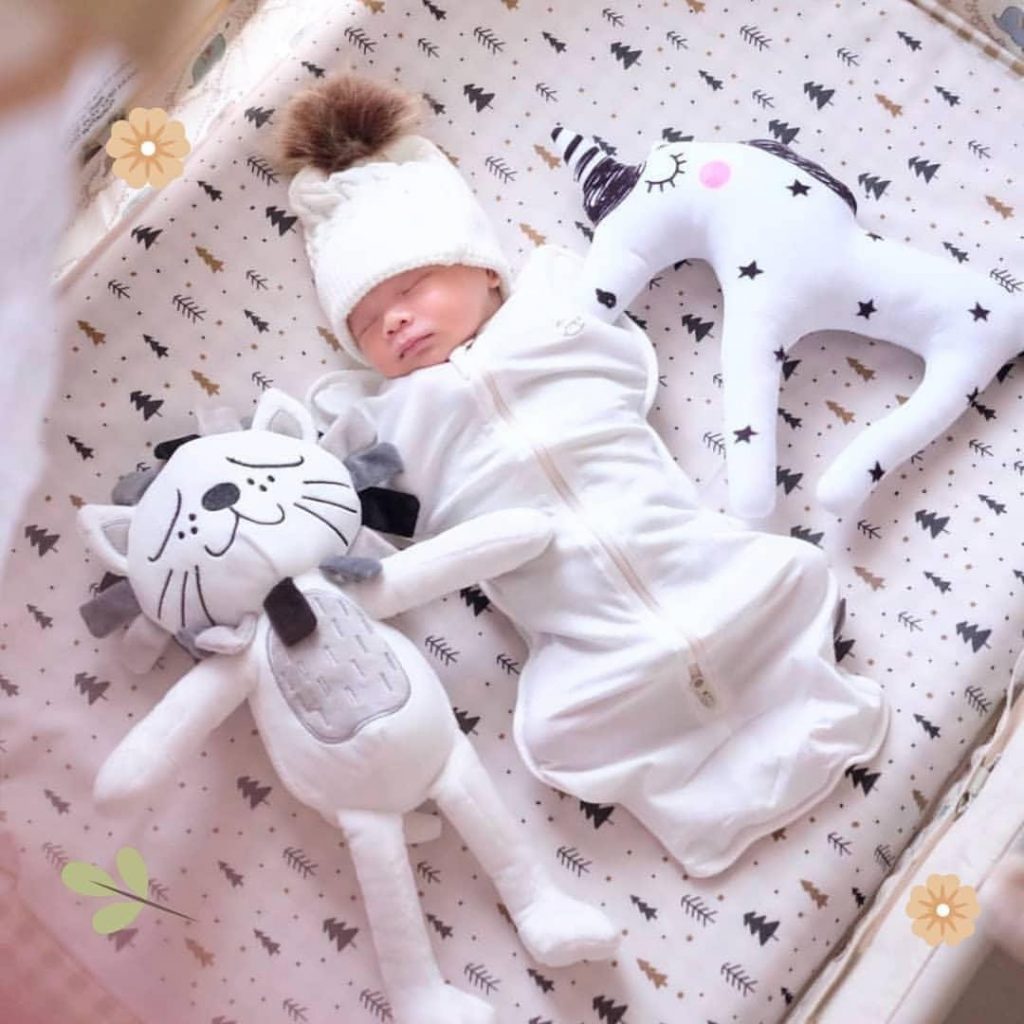
Try the Doomoo Abosplus bed cover ($42.90), which can absorb up to 2 litres per sqm. Hence, the cover’s surface will stay dry, and your child can hopefully continue sleeping peacefully. Additionally, the cover has maximum airflow to keep it cool and fits the length of a baby mattress, which is 120cm, and the width of a standard mattress (90cm).
Another option is the Candide Air+ Breathable Mattress Protector ($49.90 to $62.90) that prevents sweat, moisture and other fluids from absorbing into the mattress. Made of breathable 3D mesh, the air flows through and keeps your child cool throughout the night. Furthermore, it’s hypoallergenic and acts as a barrier against dust mites and dust.
Otherwise, get the Little Palmerhaus Wonder Pad ($19.90), which provides all-around protection, perfect for newborn babies, pregnant and new mums, elderly parents, and the potty-training toddler. This 100 per cent waterproof pad protects against fluids, sweat, dust mites, bacteria and other allergens. Made of fleece with a waterproof anti-slip backing, it’s silky smooth for your little one to sleep on.
Causes of Bedwetting
Aside from your child’s body, not being developmentally ready, consider these factors. First, any changes in his/her life, such as becoming the older sibling, attending a new school or even sleeping away from home, may trigger bedwetting. Get them used to sleepovers with the grandparents, who may not mind changing their sheets in the middle of the night.
If you or your spouse wet the bed as a child, your son/daughter is likely to follow in your footsteps as well. Lastly, children with attention-deficit or hyperactivity disorder may also wet the bed frequently.
When to See the Doctor
Consult your child’s paediatrician if he/she wets the bed after he/she is seven years old or if he/she starts to wet the bed after being dry for a few months. Other signs to look out for are painful urination, unusual thirst, hard stools, snoring or pink or red urine. These may indicate conditions like urinary tract infections, sleep apnea, diabetes, chronic constipation or a problem in the urinary tract or nervous system.
Relevant Reads: Why Do We Need a Potty? ($18.90), Good Sleep Habits for Toddlers and Preschoolers and Potty Training
This article originally appeared on Motherswork.



